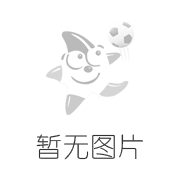Trò Chơi, also known as Cờ Trùa in some regions, is a classic board game that has been popular in Vietnam for hundreds of years. It is often enjoyed by families during festivals or gatherings, making it a significant part of Vietnamese culture. The game is similar to international chess but with its own unique rules and strategies.
The game is played on a rectangular board called a “trò board,” which usually measures 12x11 squares. The pieces, known as “chips,” are typically made from natural materials like wood or bamboo and painted in different colors to distinguish the sides. Players take turns placing their chips on the board, aiming to capture the opponent's pieces by jumping over them.
One of the key strategies in Trò Chơi is controlling the center of the board, as this allows a player to gain an advantage by capturing more of the opponent's pieces. Another important move is the “jumping” technique, where a player can jump over an opponent's chip into an empty space. This requires precise calculation and planning to avoid traps set by the opponent.
Over time, Trò Chơi has evolved alongside technological advancements. Today, there are electronic versions of the game available, which have added features like voice commands and animated boards to attract a younger generation of players. Despite these modern additions, many enthusiasts still prefer the traditional version played on wooden boards and manually made chips.
Trò Chơi not only provides entertainment but also fosters a sense of community among players. Families often gather to play together, creating memories and strengthening bonds through friendly competition. This cultural gem continues to thrive in Vietnam, ensuring that future generations can enjoy this timeless game.
Nguồn bài viết : XSMN


